In the early years of the competition Uruguay were the leading force, and then came decades of Argentine dominance.
But the recent years have belonged exclusively to Brazil.
The past six editions have been won by Brazilian clubs, with the country providing both of the finalists in four of those years. This level of domination is unprecedented.
The financial gap between Brazil and the rest of the continent is growing, and the clubs are using it to snap up players from elsewhere around the continent. Big hitters such as Flamengo and Palmeiras might well field as many as five foreigners in their starting line-up.
And here is an extra reason for Argentina to worry: their clubs have won the title 25 times, while Brazil have now pulled up to 24. This, then, is the year when Brazil are likely to pull level.
Can they be stopped? At least the field looks tougher than in recent years.
As well as four-time champions River Plate, Argentina has Racing and Estudiantes, who look strong, plus the rising force of Talleres from Cordoba.
Colombia’s Atletico Nacional look better than any time since they last won the trophy in 2016, and the two countries who have been punching highest above their weight are also well represented – Paraguay with the traditional trio of Olimpia, Cerro Porteno and Libertad, and Ecuador with LDU (or Liga de Quito), Barcelona (who eliminated Brazilian giants Corinthians in the qualifying round) and the ever-fascinating Independiente del Valle.
So perhaps there are grounds for thinking that this year might prove more competitive, especially because of a new factor…

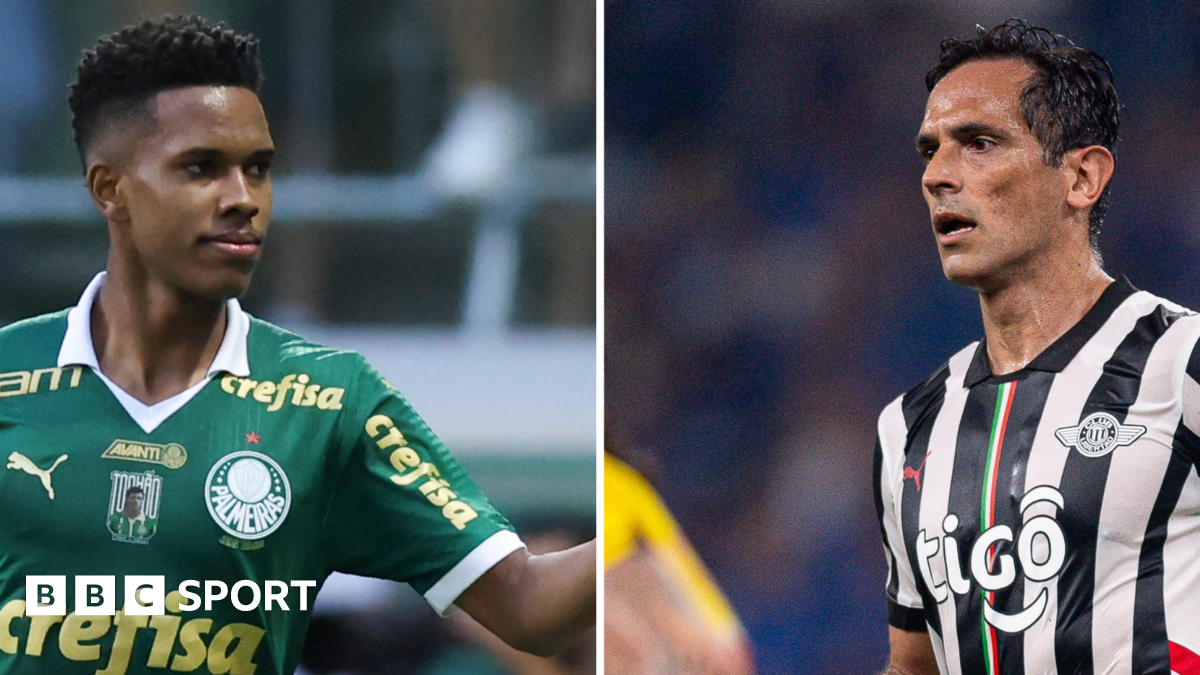

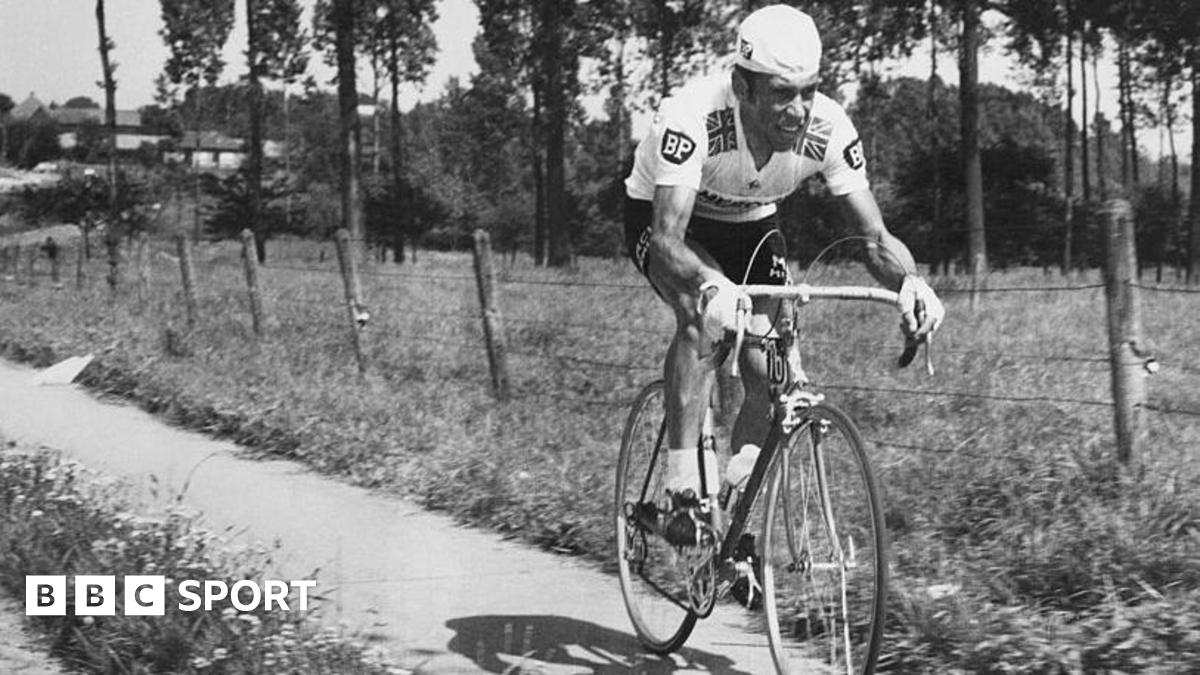
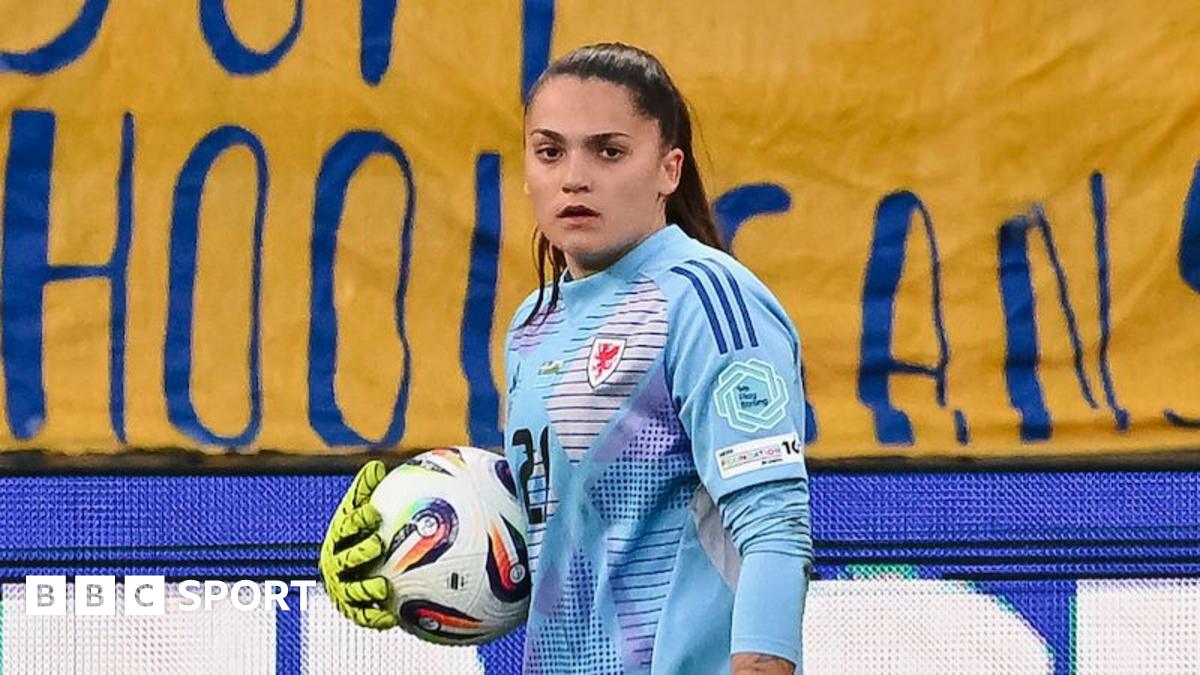





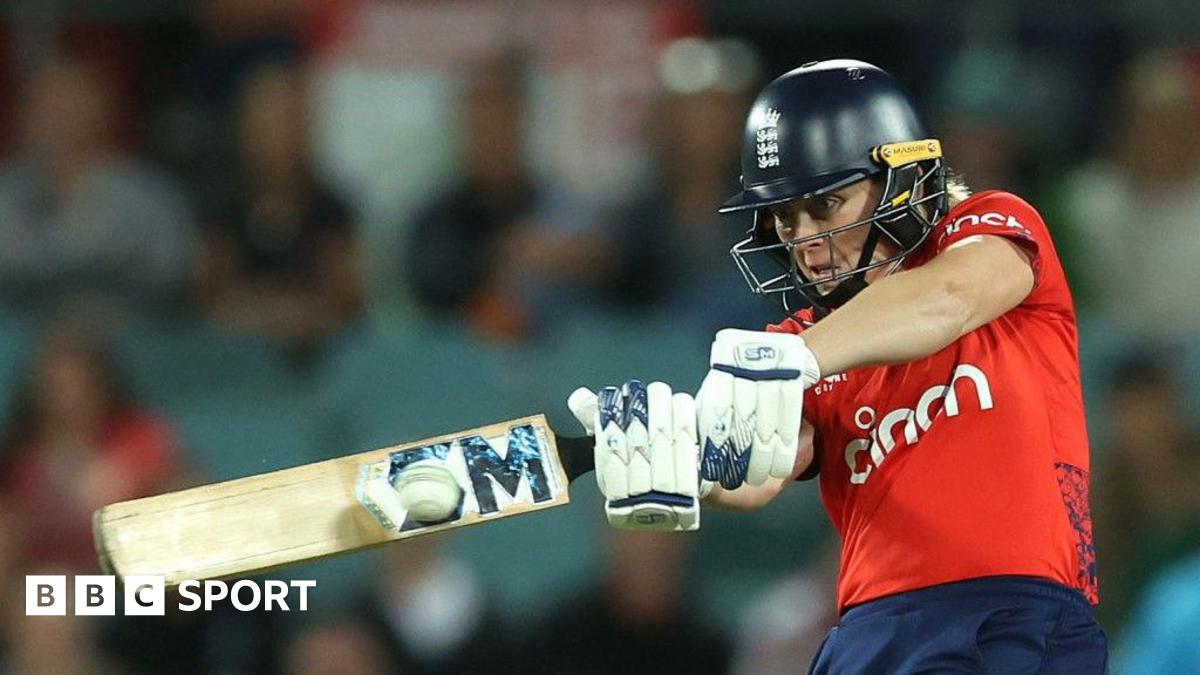
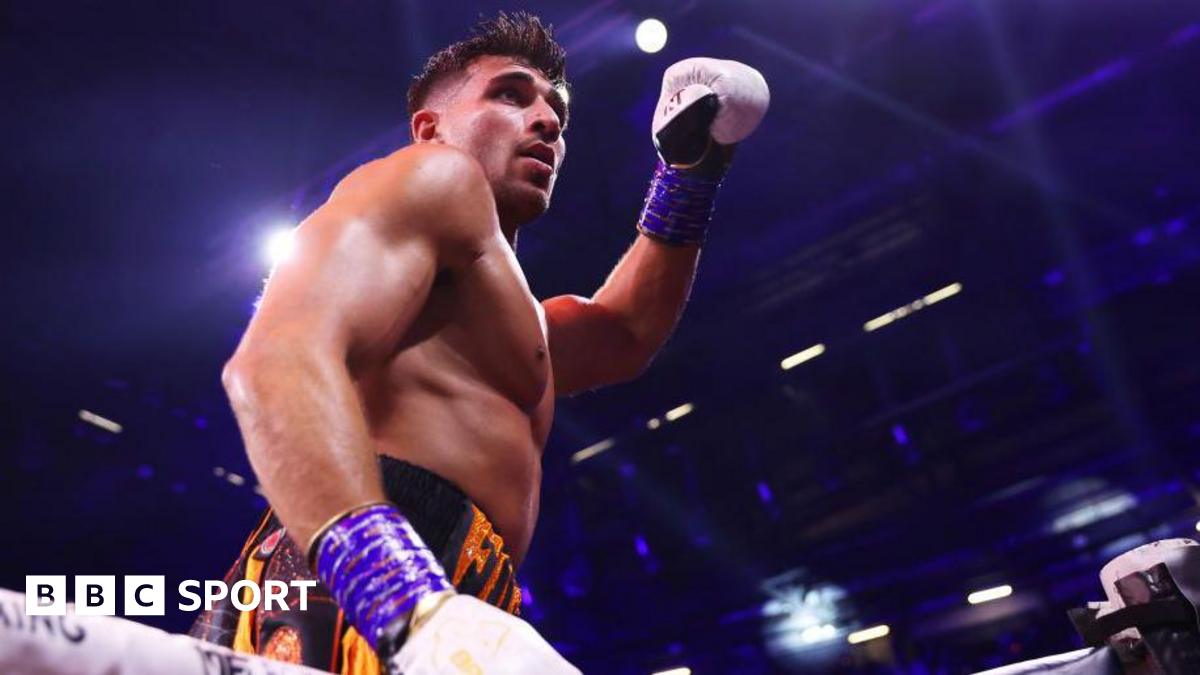
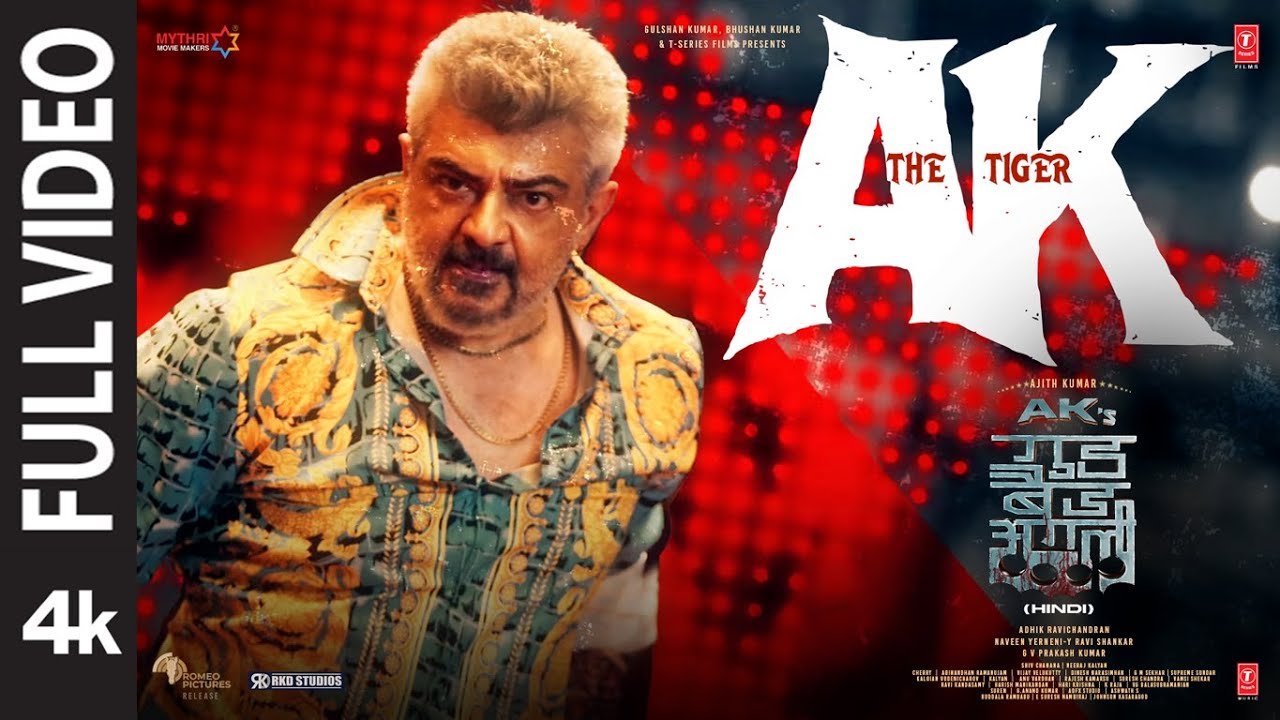


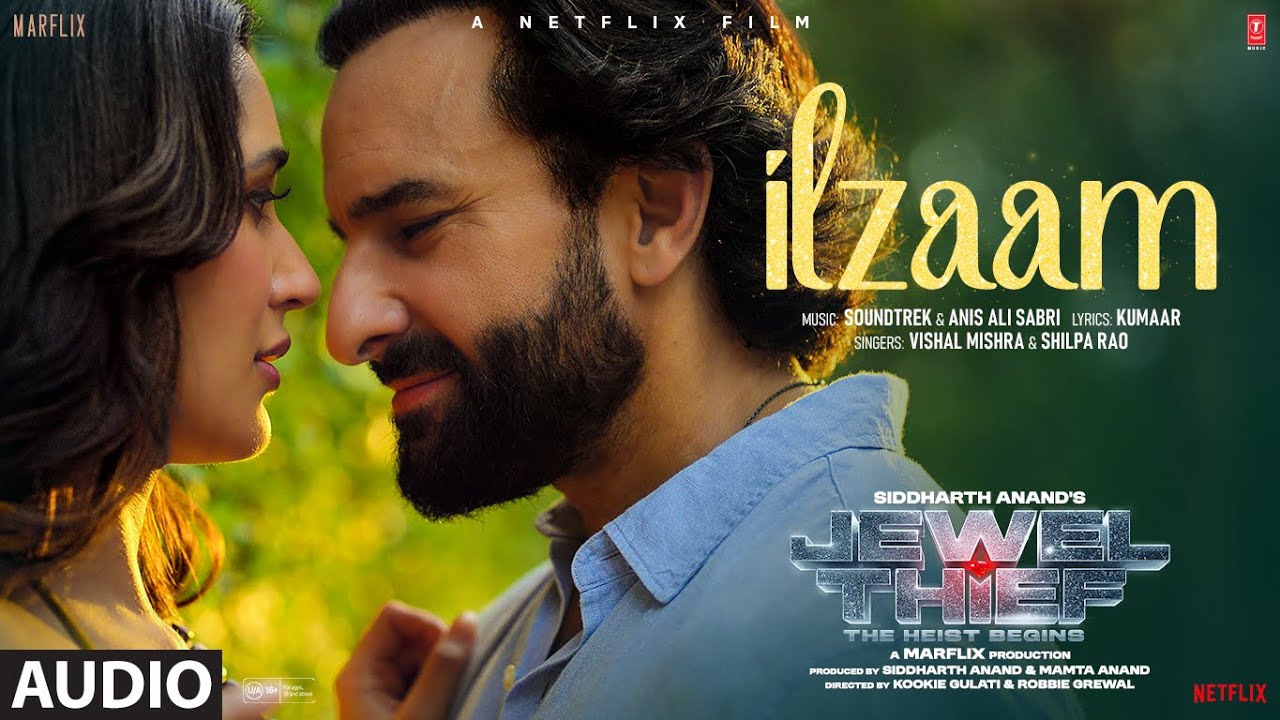
Leave a Reply